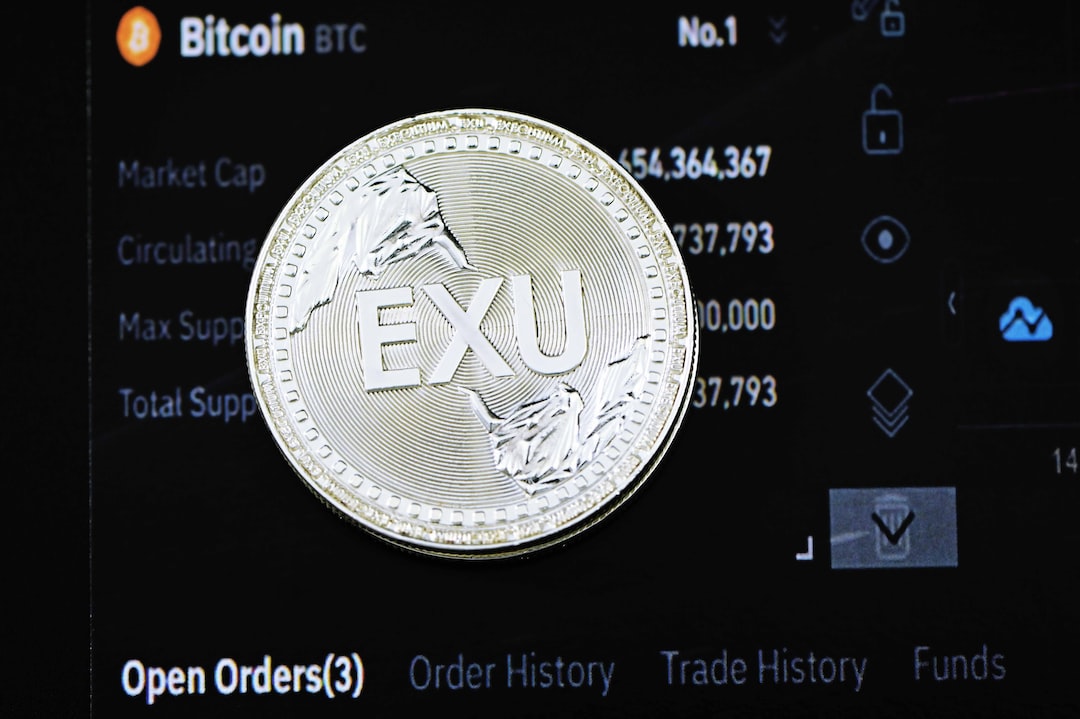ALLEGIANCE TO COMPLIANCE
Five years ago, Binance was gaining international attention in the cryptocurrency industry with the highest trading volumes among its competitors. Changpeng “CZ” Zhao was the CEO, and critics wondered if the world needed another exchange, but CZ pushed on.
A $4.3 BILLION SETTLEMENT
Things changed when Binance agreed to a $4.3 billion settlement with the U.S. government over civil regulatory enforcement actions. The judgment led to Zhao’s resignation as CEO due to personal charges against him for violating the Bank Secrecy Act.
PROBLEMS OF BEING NUMBER ONE
Scrutinized over the integrity of its trading volumes, Binance was also facing challenges from regulators. Zhao argued that Binance accurately accounted for its trading volumes while other exchanges inflated figures.
SUCCESS OF ICO FUNDING
A modest $15 million initial coin offering (ICO) proved to be the basis for Binance’s success, helping the exchange grow significantly faster than it would have had it raised funds through conventional venture capital rounds.
REGULATORY SCRUTINY
Binance faced and continues to face regulatory scrutiny in numerous jurisdictions due to its aggressive expansion and had to exit the Netherlands after failing to meet jurisdictional compliance. However, the United Arab Emirates has provided a new base for operations.
COMPARISON WITH COINBASE
Poignantly, Coinbase CEO Brian Armstrong highlighted that his own exchange’s cautious approach to meeting regulatory standards has avoided the current situation Binance finds itself in. Armstrong’s stance reflects the broader dynamic in the cryptocurrency industry — pushing boundaries versus taking cautious steps.
HOT TAKE
Caught in a web of regulations, the Binance example shows the tradeoffs between aggressive growth and regulatory compliance. Whether you take the risk of regulatory scrutiny in a bid to expand rapidly or, like Coinbase, move cautiously to avoid legal entanglements, both paths have their challenges in today’s crypto landscape.





 By
By
 By
By
 By
By
 By
By
 By
By
 By
By